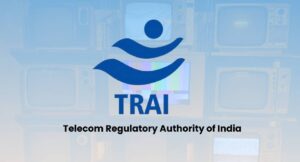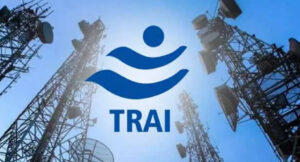Having secured the Letter of Intent from the telecom department and agreed to security norms for offering satcom services, Starlink will now have to formally sign acceptance of the terms and conditions of the agreement and pay the stipulated entry fee to procure the licence, according to sources. Telecom Regulatory Authority of India (TRAI) is on the verge of finalising its recommendations on pricing of administrative allocation of satcom spectrum, and an announcement can be expected any day now, sources said.
Starlink has been issued the LoI for Global Mobile Personal Communications by Satellite (GMPCS), ISP and VSAT, they further said, adding that this has been the practice even for other players. Eventually, the system will work under a GMPCS licence.
Sources said Starlink has agreed to the stringent security norms for satellite communication services after conditions were tightened earlier this week.
Now that LoI has been issued, the next steps involved are acceptance of the letter of intent and the agreement. The licence will be issued after the entry fee is paid, they added.
While the DoT licence will authorise Starlink to build its network, it would require approvals from the Indian National Space Promotion and Authorisation Centre (IN-SPACe) and obtain spectrum from the government to become operational.
Starlink provides high-speed and low-latency broadband internet worldwide, using satellite technology and is aptly described by some as broadband beamed from the skies.
Unlike conventional satellite services that rely on distant geostationary satellites, Starlink utilises the world’s largest low Earth orbit or LEO constellation (550 km above Earth). This constellation of LEO satellites (7,000 now but eventually set to grow to over 40,000) and its mesh delivers broadband internet capable of supporting streaming, online gaming, and video calls.
The government has already issued licences to Eutelsat OneWeb and Jio Satellite Communications, the terms of which will be recommended by TRAI. The players will be able to start their services after the allocation of radio-wave frequencies.
Earlier this week, the government issued stringent security norms mandating legal interception of satellite communication services and barred companies from linking the connection of users in any form with any terminal or facility located outside the country’s border, as well as processing of their data overseas.
The tighter security rules also mandate service providers to indigenise at least 20 per cent of their ground segment of the satellite network within years of their establishment in the country.
According to the instruction, the satcom service licence holder will require security clearances for specific gateway and hub locations in India and compliance with monitoring, interception facilities and equipment requirements.
India’s rules mandate satcom firms to demonstrate system capabilities with respect to security aspects, including monitoring, to the Department of Telecom (DoT) or its authorised representatives before starting operations in India.
On Tuesday, Union Minister Chandra Sekhar Pemmasani, while speaking at an industry event, had said that grant of approval to Elon Musk-led satellite internet provider is a complicated issue, but it is in the final stages.
The Minister of State for Telecom had said the government’s security norms for satcom are important, especially in the present scenario, where the hostile nation Pakistan is making an attempt to hack the country’s system.
The minister, however, added that Starlink will have a minuscule role in connectivity compared to traditional telecom networks. According to him, the role of Starlink or other satcom players will be mainly to connect the remote areas where the traditional networks find it difficult to reach, and it will be primarily for the inside home connectivity, not for mobile services.
The minister had also sought to allay fears around satcom services eating into the addressable market of traditional telecom services, saying, “I want people to know whether Starlink and all that stuff, whether they come or not… they will be very small players even if they come”.
“It’s very expensive to install the initial equipment. It is 10 times more expensive than our traditional models.”
He said that the monthly payment for consumers will also be quite expensive.
Starlink, which had been vying for an Indian licence for some time now, recently signed pacts with Ambani’s Reliance Jio and Mittal’s Bharti Airtel, which together control more than 70 per cent of the country’s telecom market, to bring the US satellite internet giant’s services to India. PTI









